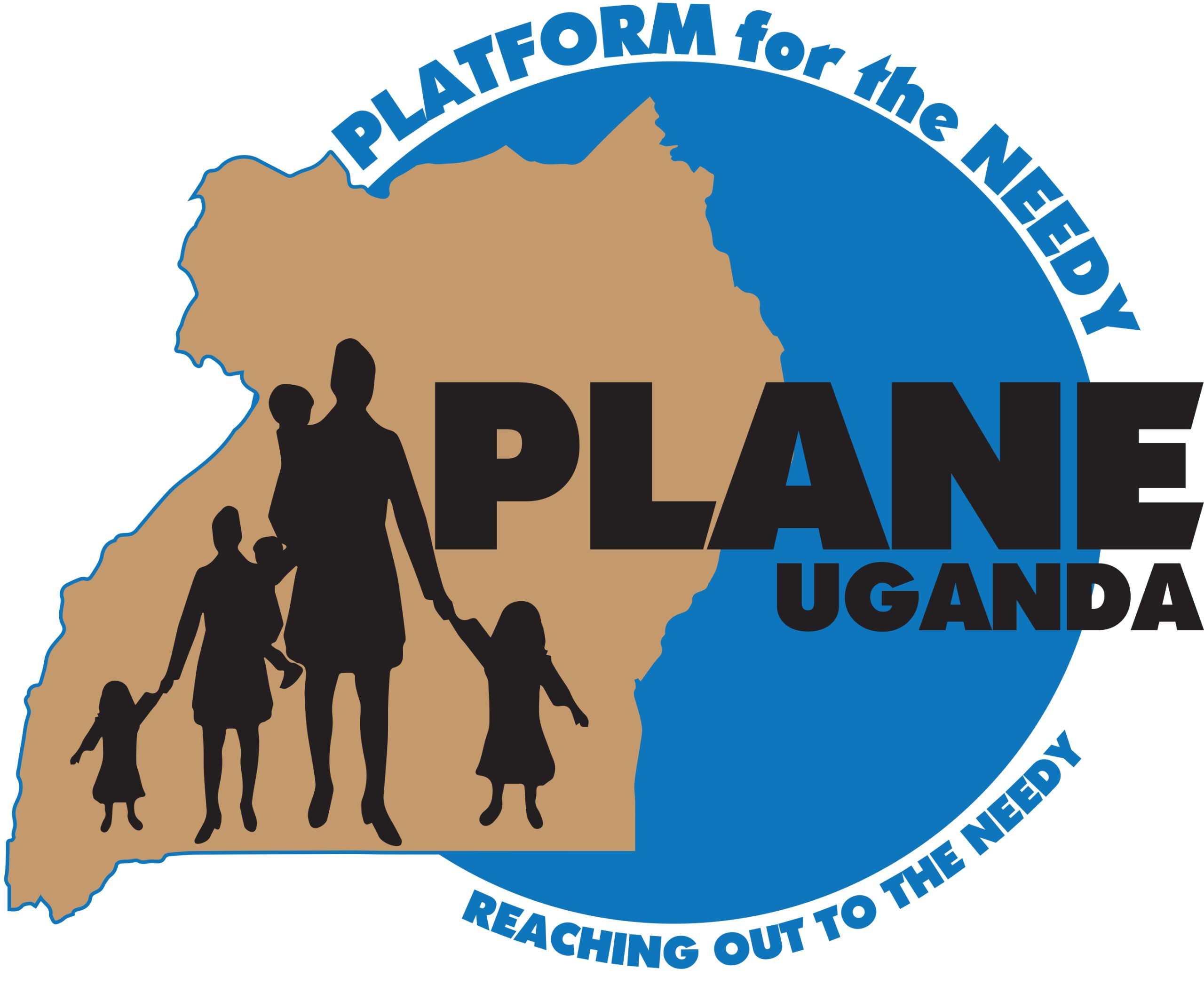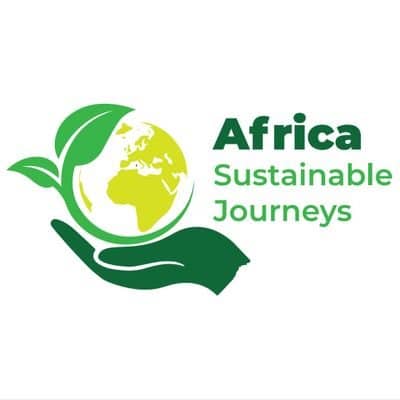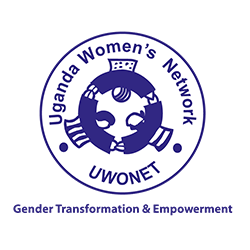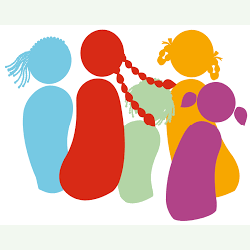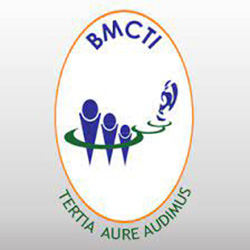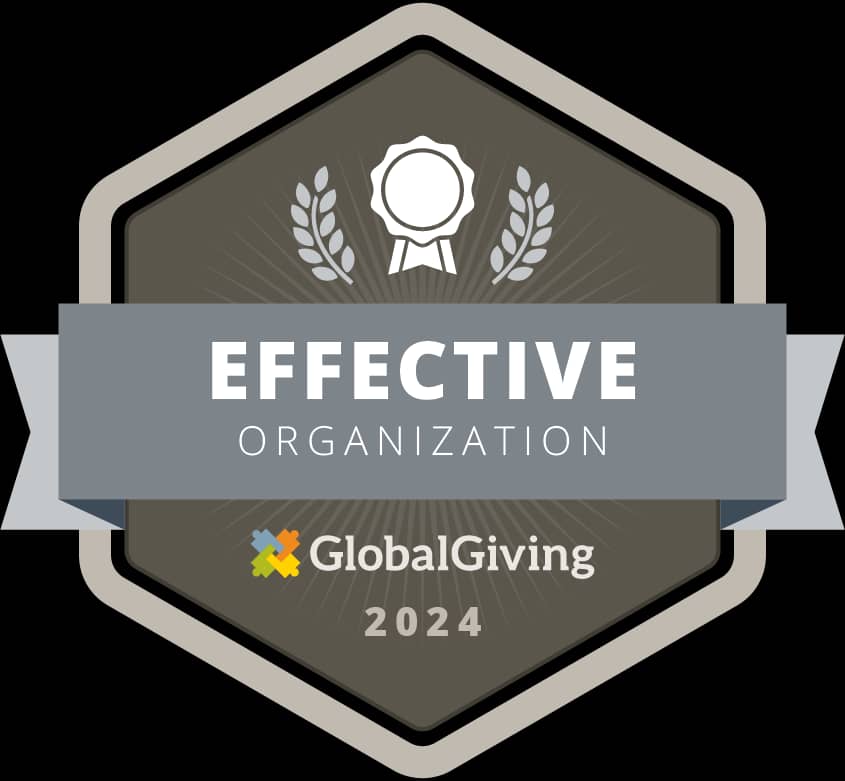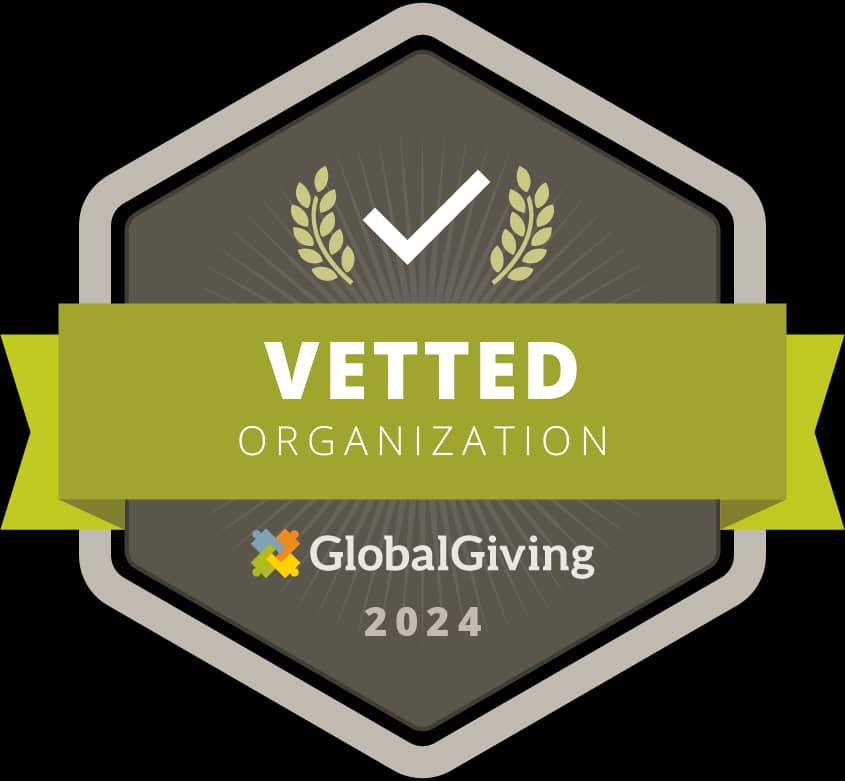World Health Day 2024: Tackling Health Challenges in Uganda
By Tshepo Tlhacoane, South Africa

At PLATFORM for the NEEDY (PLANE), we join the international community in commemorating World Health Day 2024. The theme for this year is ‘My Health, My Right’, emphasizing the importance of access to health services. According to the World Health Organization (WHO), in 2021, 4.5 billion people lacked full coverage of essential health services.
The right to health is fundamental and interconnected with other human rights such as the right to life, human dignity, and equality. Over 140 countries recognize health as a human right in their constitutions. On this day, PLANE celebrates progress and highlights areas for improvement in Uganda.
Health Challenges in Uganda
Communicable and Non-Communicable Diseases
Uganda faces a dual burden of communicable and non-communicable diseases. In 2016, the leading causes of death included HIV/AIDS, TB, malaria, respiratory tract infections, and diarrheal diseases. WHO reported that in 2019, non-communicable diseases accounted for 36% of deaths in Uganda.
Malaria
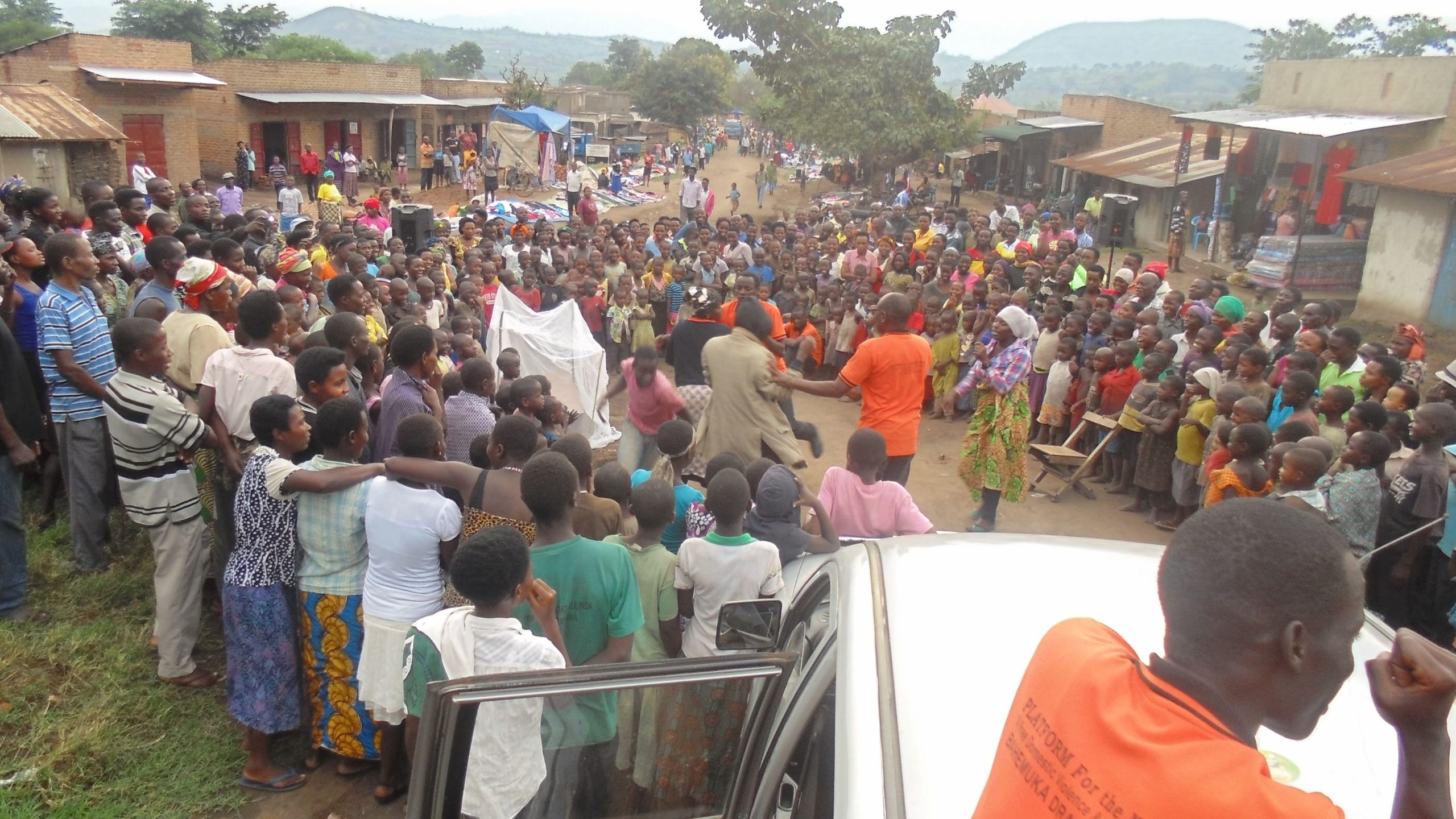 Creating awareness in the community about malaria prevention and control using drama. Drama attracts masses, educates, and entertains.
Creating awareness in the community about malaria prevention and control using drama. Drama attracts masses, educates, and entertains.
Uganda has one of the highest rates of malaria globally, accounting for 4% of all malaria cases. WHO statistics indicate that Uganda had 13 million malaria cases in 2021, resulting in 19,663 deaths.
Malaria adversely affects health, education, and the economy. A Ministry of Health study showed malaria-related absenteeism accounts for up to 50% of school absences. Malaria cost the Ugandan economy over $1.3 billion in 2020.
Vulnerable groups such as pregnant women and children under five are disproportionately affected by malaria.

HIV/AIDS
Uganda has between 1.2 and 1.4 million people living with HIV, with 52,000 new cases and 17,000 deaths reported in the latest cycle.
Women in Uganda contract HIV at nearly twice the rate of men, with 30,000 new cases among women compared to 16,000 among men. Overall, women make up an estimated 860,000 of the total HIV cases, while men account for 500,000.
Despite challenges such as stigma, Uganda is making progress in reducing HIV numbers, with over 1.2 million people receiving antiretroviral therapy (ART) in 2021. Uganda is close to achieving the UNAIDS 95-95-95 goals, with recent statistics showing 89-92-95.
Child Survival
Child survival rates in Uganda have improved between 2015 and 2021, but the country still falls short of Sustainable Development Goal (SDG) targets. Neonatal death rates decreased from 22 per 1000 births to 19 per 1000, but remain above the SDG target of 12 per 1000.
Under-5 mortality rates dropped from 56 to 42 per 1000 live births, still above the SDG target of 25 per 1000.
Conclusion
PLANE commends the Government of Uganda and its partners for their efforts in realizing the right to health. We urge them to continue and enhance their efforts to ensure health rights for more people. PLANE will keep supporting the community with food to promote physical and mental development and running awareness campaigns on various health issues in Uganda.
For more information, visit the World Health Organization and our official website.
